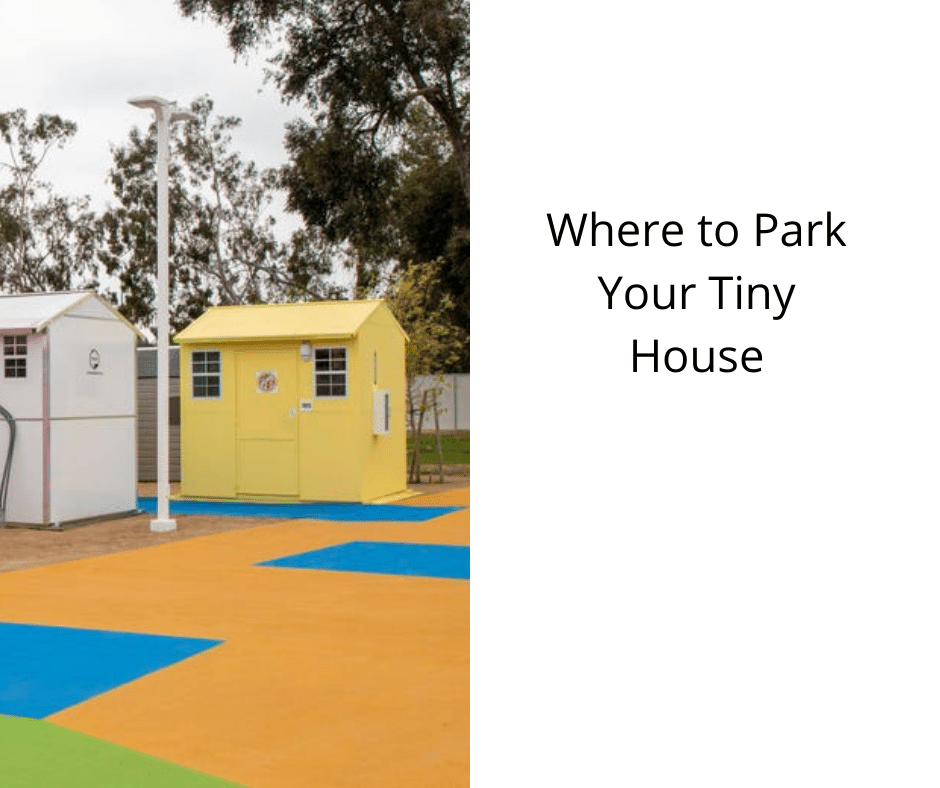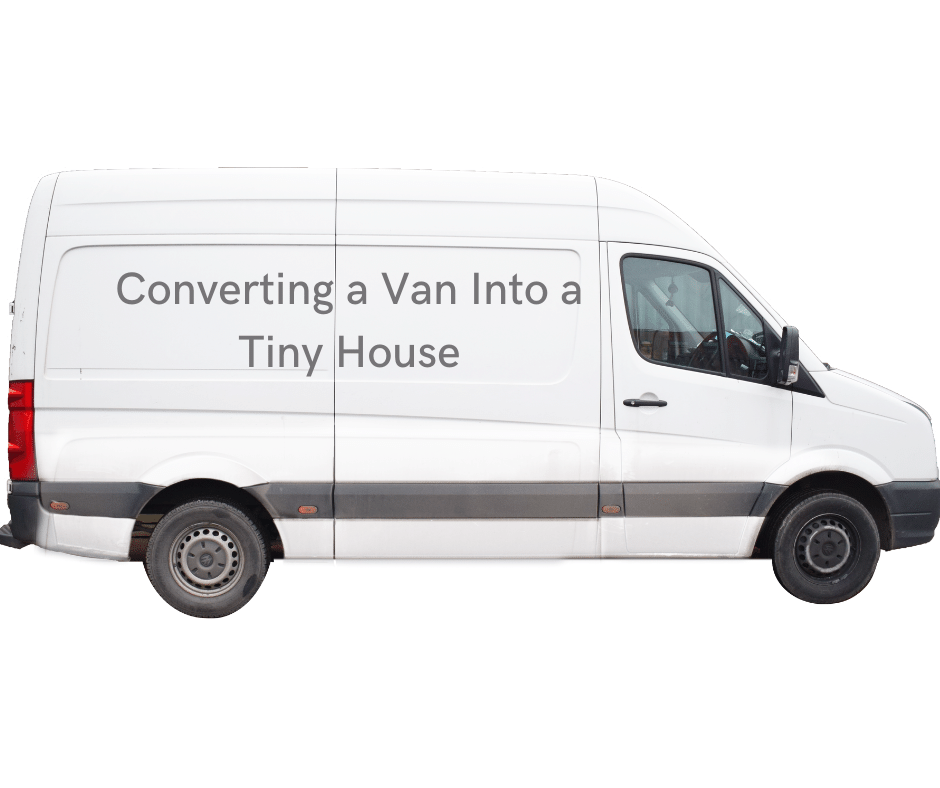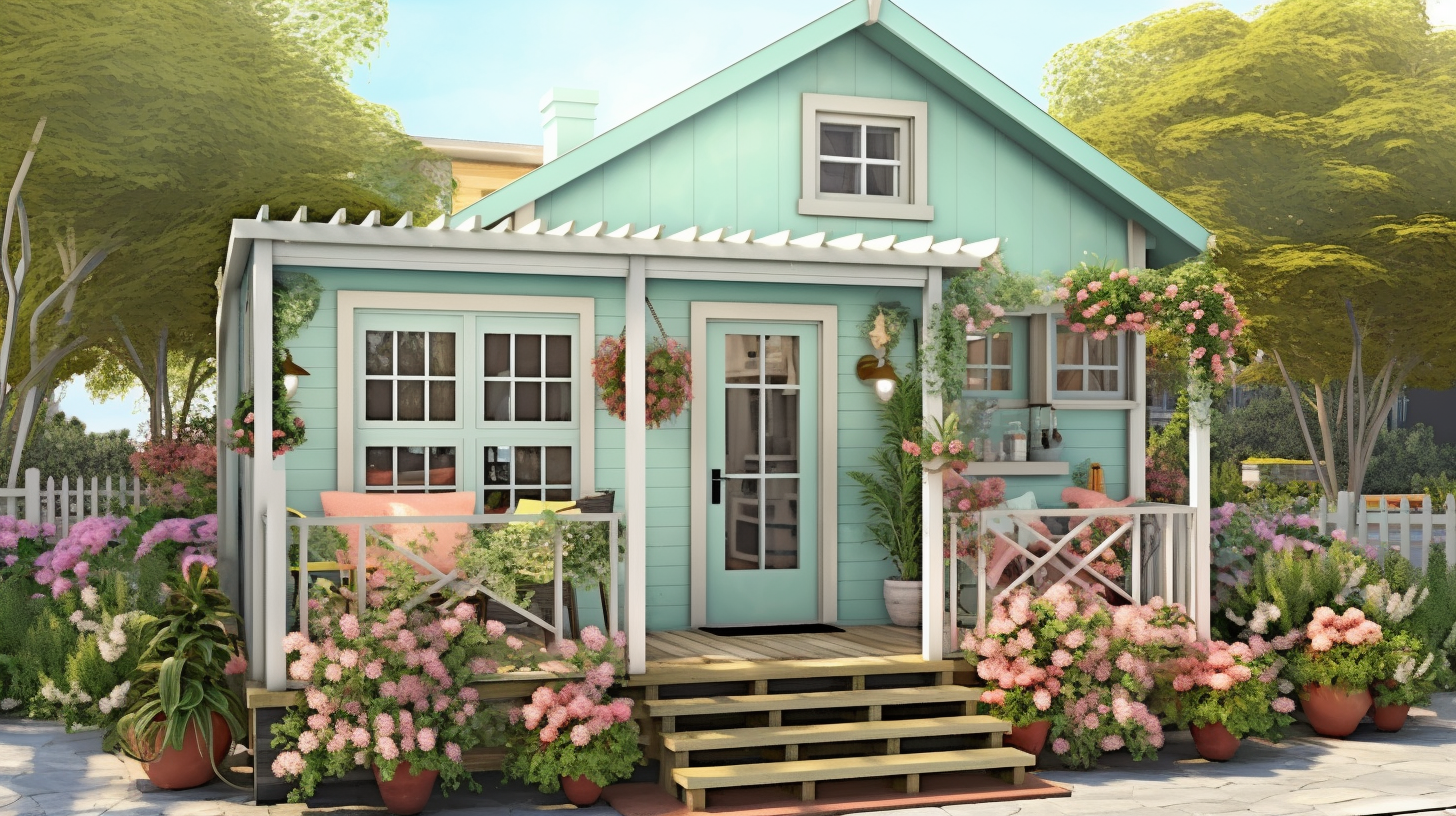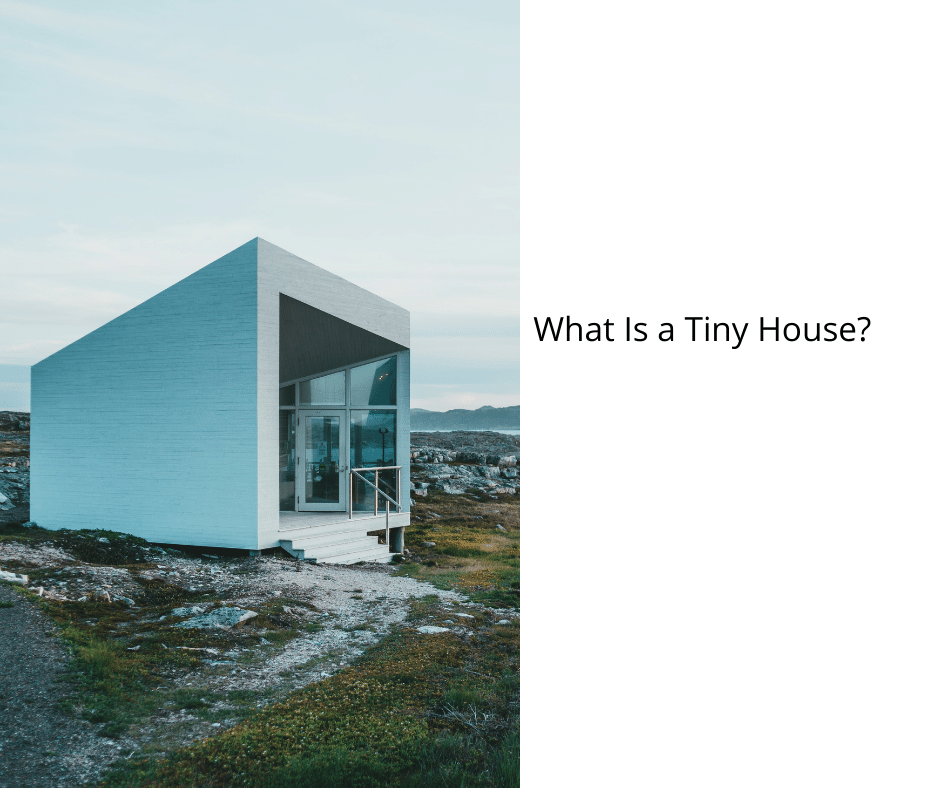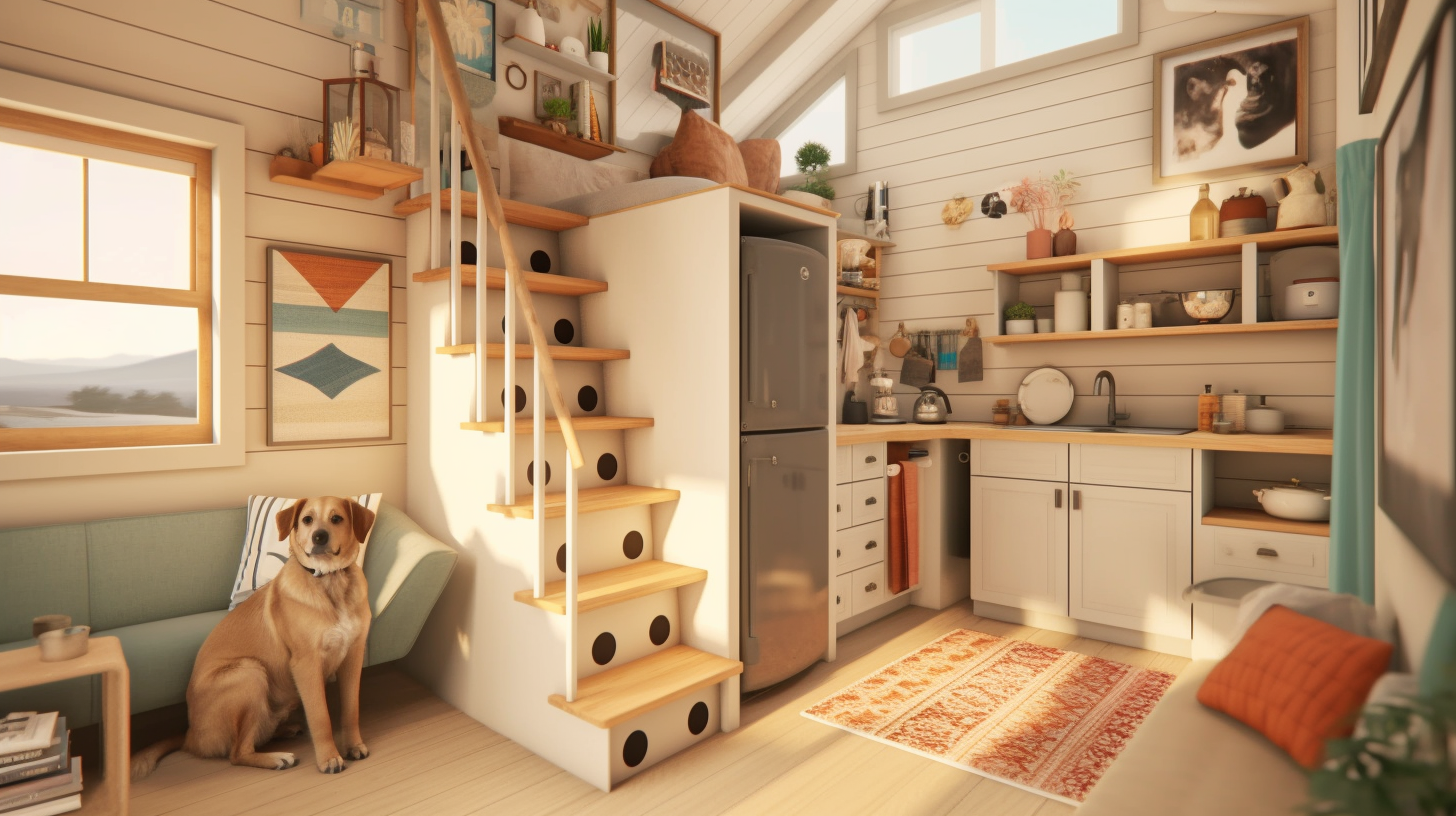If this is your first foray into owning a tiny house, you may be wondering about the best places to place your new abode. There are plenty of options to consider, including RV parks, national parks, residential backyards, and leased lots. To help with your decision, here are a few suggestions. Feel free to get creative and think about utilizing your own land! Here are some tips to help you get started. You may even find a designated spot for RVs.
RV Parks
When choosing where to park your tiny home, it’s essential to keep in mind the amenities and length of stay requirements. Some RV parks are only for temporary stays or tourists, while others are long-term and have extras for permanent residents. It is also essential to determine whether the park has a move-out policy – you may want to leave your tiny house when you’re done with it if you can’t stand it anymore.
One of the biggest problems people run into with their RV is where to park it. Fortunately, there are several options available. First, there are RV parks, spots, and private land owners. These places are designed to accommodate recreational vehicles, so it’s best to do your homework and stay connected to your local community. By using a few resources, you can find the perfect location for your tiny house.
Next, consider the size and type of your tiny house. RV parks are popular places to park trailered homes. They are also ideal places to park a tiny house because these spaces often offer utilities, reserved parking, and amenities. However, not all RV parks allow tiny homes, so ask the park’s manager about its rules. Also, consider whether your RV park will let you park your tiny house overnight.
There are many different types of tiny house parking options. You can park your tiny house in RV parks, but it’s important to note that you should check for softness and the ground’s ability to support your tiny home. Many parks allow tiny houses to stay there for long periods of time, but a few may have special requirements. If you’re planning to park your tiny house for a long time, you might want to consider a private park instead.
National Parks
There are several national parks where you can park your tiny house. Many of these parks have specific rules and regulations for tiny homes. Some may even require new structures to be built on site. In addition, you must have all the proper utilities and safety features to make it legal in the park. National parks often require that you follow HUD standards to ensure safety and utility connectivity. If you’re unsure whether your tiny house is legal in a national park, you should research the rules to find out if it’s OK to park it.
If you’re planning on parking your tiny house in a national park, the first thing you should do is check local zoning laws to make sure that it’s allowed. These regulations will vary from state to state. Also, check out tiny house Meetups in your area. These groups will often be able to help you find a place to park your tiny house. You can also attend a meetup and ask other tiny house owners about their local parks.
If you plan to stay in your tiny house for an extended period, you may want to consider finding a park where you can park it. Many tiny house owners prefer to park their units in RV parks, as they offer many amenities. Often, these parks are located near a national park or nature reserve. These parks also have sewer and laundry facilities, which is convenient for those living in tiny homes. Aside from the beauty of national parks, RV parks often offer activities for campers to enjoy.
If you have an RVIA-certified tiny house, you can park your tiny house in most RV parks and campgrounds. You can also park your tiny house in national parks as long as it meets the facility’s regulations. However, you should know that some national parks may have special rules for tiny houses. Moreover, national parks usually require a certain amount of space and may not be suitable for a long-term stay.
Backyards
If you’ve considered building a tiny house on your property, you’ll know that a backyard is a great location for a small dwelling. Although technically classified as a caravan, tiny homes are not permitted to live there full-time as they may not meet council requirements. This is why backyard granny flats are a great alternative. These units are not only a great way to make more space, but they also are stylish.
When choosing a backyard, remember to check the local zoning laws. Different zones have different land uses and development standards. The first step is to determine what is allowed on the property. Once you know what you can build, you can begin exploring your options. You should also check zoning restrictions on the property, such as if a carriage house or shed is allowed. You can also build a tiny greenhouse if you’d like, but don’t forget to check on building codes in advance to be sure of the requirements.
Before building a tiny house, research local zoning laws; these laws differ from place to place, so be sure to find out what your zoning rules are. Some sites allow tiny houses in backyards, while others require a separate structure on the property. In other areas, you may have to pay special attention to HOA rules, as most HOAs have regulations regarding adding structures to the property. It’s also best to check with your local government before making any decisions since your community will be more lenient if you know what to expect.
Lot leases
A lot lease is a legal document that outlines the rules and expectations for the use of the land on which you build your tiny house. Land leases can be a one-time transaction or long-term arrangement. The terms of a lot lease will vary from one owner to another. If you are unsure about what type of land lease you need, ask your builder for advice. A lot lease can protect your investment and help you avoid costly legal battles down the road.
While some tiny homes are self-sufficient, others require utilities such as mains power and water. Many of them are even equipped with LPG gas. The cost of a lot lease will depend on whether you need utilities and what your needs are. Most parking spaces that include utilities are more valuable than those without. The size of the lot and the location of its parking spot can determine its price. In addition, you will need to figure out how much you can afford to pay.
You should also find out what land use is allowed on a property. Different zones have different rules and development standards. You should find out which uses are allowed on a lot before you make a decision. If you plan on building a tiny house, you should check out the code provisions for the area. You may not want to build a carriage house if you can’t get approval from the city. Getting the right permission from the city can be tricky, so make sure to get legal advice from a land use attorney.
Camping Grounds
Whether you’re camping for a weekend or you’re planning a longer trip, there are some things you should know before you take your tiny house on the road. First of all, not every campsite allows tiny houses. So, you might have to look elsewhere to stay near your destination. Also, check the rules and regulations of the campgrounds you plan to stay at. Some states have special rules for tiny house towing. You may also have to pay a tow fee or stop at a weigh station.
Another option is to choose a camping ground with amenities for tiny homes. Many RV parks offer laundry, sewer access, and other amenities that tiny house owners appreciate. Some even offer recreational activities and a chance to engage in water sports. These activities can help you make the most of your tiny house vacation. Depending on your needs, you may not need all of these amenities. So, find a campground that offers them and check the fees.
If you do not have the time to look for a campground, consider RV parks. RV parks are great places to park a tiny house and some are even year-round. If you’re planning to stay in your tiny house for a long time, these parks are likely the best choice. You’ll also want to check out the community at these parks. Many of them have great communities, but some aren’t safe.
Once you’ve found a campground for your tiny house, check out the park rules. You may want to know zoning laws and the park’s amenities. If you plan to stay there more than once a month, consider paying a nightly fee. Many RV parks offer monthly memberships, which can help you save money while camping on the road. In addition, they often have amenities like showers, laundry, and even wireless Internet access.
Hi, I’m Emma. I’m the Editor in Chief of Tiny House 43, a blog all about tiny houses. While tree houses are often associated with childhood, they can be the perfect adult retreat. They offer a cozy space to relax and unwind, surrounded by nature. And since they’re typically built on stilts or raised platforms, they offer stunning views that traditional homes simply can’t match. If you’re looking for a unique and romantic getaway, a tree house tiny house might just be the perfect option.
